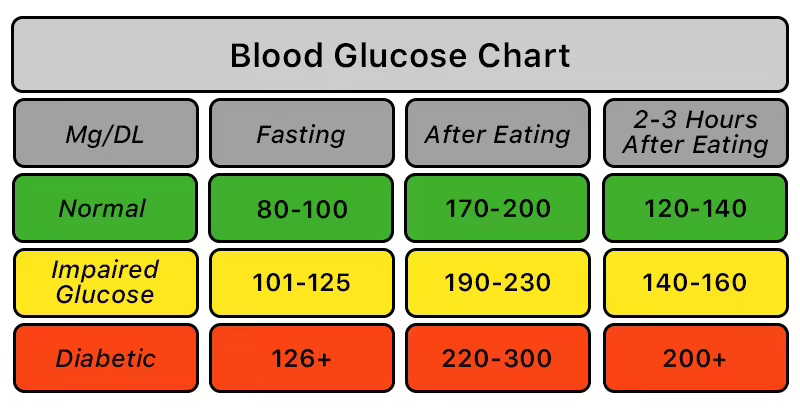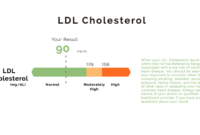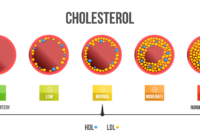
Diabetes is a chronic health condition that affects how your body turns food into energy. When you eat, your body breaks down food into glucose (sugar) which is then used by your cells for energy.
Insulin, a hormone produced by the pancreas, helps glucose enter your cells. In diabetes, either the pancreas doesn’t produce enough insulin or the body doesn’t effectively use the insulin it produces.
This leads to high levels of glucose in the blood, which can cause various health issues if not managed properly. There are different types of diabetes, including Type 1, Type 2, and gestational diabetes, each with its own causes and management approaches.

Managing diabetes typically involves a combination of medication, lifestyle changes, monitoring blood sugar levels, and, in some cases, insulin injections.
Walk To Prevent Diabetes
Regular physical activity, such as walking, plays a crucial role in preventing diabetes by improving insulin sensitivity and controlling blood sugar levels.
The American Diabetes Association recommends at least 150 minutes of moderate-intensity aerobic exercise per week, which can be achieved through brisk walking.
Engaging in a consistent walking routine can significantly reduce the risk of developing type 2 diabetes.

Duration of Walking | Walk to Prevent Diabetes
The duration of walking required to prevent diabetes can vary based on factors like pace, intensity, and individual fitness levels.

Aiming for 30 minutes of brisk walking on most days of the week aligns with the recommended guidelines.
Brisk walking implies walking at a pace that elevates your heart rate and makes you slightly breathless but still able to hold a conversation.
Increase Insulin Sensitivity

Walking for 30 minutes helps increase insulin sensitivity, allowing your body to better regulate blood sugar levels. It also aids in weight management by burning calories and reducing excess body fat, which are risk factors for diabetes.
Additionally, consistent walking helps improve cardiovascular health, lowering the chances of developing conditions associated with diabetes, such as heart disease and high blood pressure.
Read also:
- 50 List of High Cholesterol foods | Inspira Health
- How to Lower LDL Cholesterol | Inspira Health
- How to Easily Calculate Your BMI – Inspira Health
Walk Into Smaller Sessions
Breaking up the 30-minute walk into smaller sessions throughout the day can be just as effective. For instance, three 10-minute walks spread across the day offer similar benefits.
The key is consistency and finding a routine that works for you. If 30 minutes seems challenging initially, starting with shorter durations and gradually increasing the time and intensity can be a more achievable approach.
Healthy Combination | Walk to Prevent Diabetes
Combining walking with other healthy lifestyle choices, like maintaining a balanced diet rich in fruits, vegetables, and whole grains, further enhances the prevention of diabetes.
It’s essential to consult a healthcare professional before starting any exercise regimen, especially if you have existing health conditions.
Remember, walking regularly not only helps prevent diabetes but also contributes to overall well-being by boosting mood, reducing stress, and improving overall fitness.





